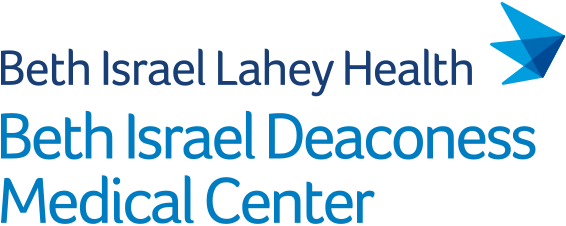Abstract
BACKGROUND: To determine how utilization and spending on lipid lowering medications in Medicaid changed between 2018 and 2022.
METHODS: Retrospective, cross-sectional study of utilization and spending on 32 lipid lowering drug formulations (18 brand-name, 14 generic) using the Medicaid Spending by Drug Dataset (2018-2022).
RESULTS: The study included over 115 million prescription fills in the Medicaid program. Between 2018 and 2022, annual prescription fills for lipid lowering medications increased 1.2%, from 22.7 million per year to 22.9 million per year, while annual Medicaid spending on these medications increased 13.2%, from $348.3 million to $394.4 million per year. Annual statin utilization remained stable over the study period (20.4 million fills in 2018 compared to 20.3 million fills in 2022), while spending on statins decreased (from $243.9 million to $228.3 million). Conversely, annual prescription fills and spending for PCSK9 inhibitors (7,617 fills and $8.9 million to 121,737 fills and $65.7 million), icosapent ethyl (32,527 fills and $10.2 million to 180,291 fills and $50.2 million), and bempedoic acid (from 494 fills and $215,499 to 4,619 fills and $2.2 million) all increased between 2018 and 2022.
CONCLUSION: Between 2018 and 2022, annual prescription fills for lipid lowering therapies in Medicaid remained stable while spending on these medications increased, driven by increased utilization of PCSK9 inhibitors, icosapent ethyl, and bempedoic acid. As Medicaid budgets face escalating financial pressure-and the burden of cardiovascular disease increases among low-income adults in Medicaid-it is critical that policymakers continue to monitor utilization and spending on existing and novel high-cost medical therapies.

